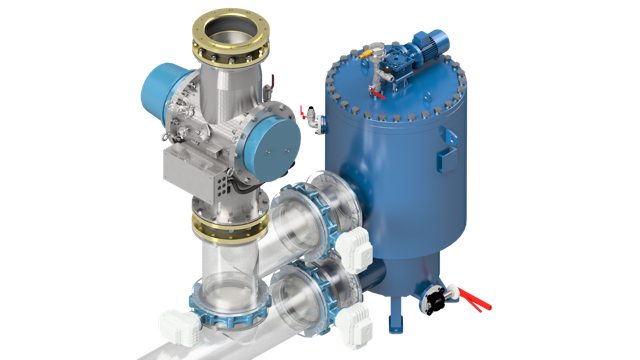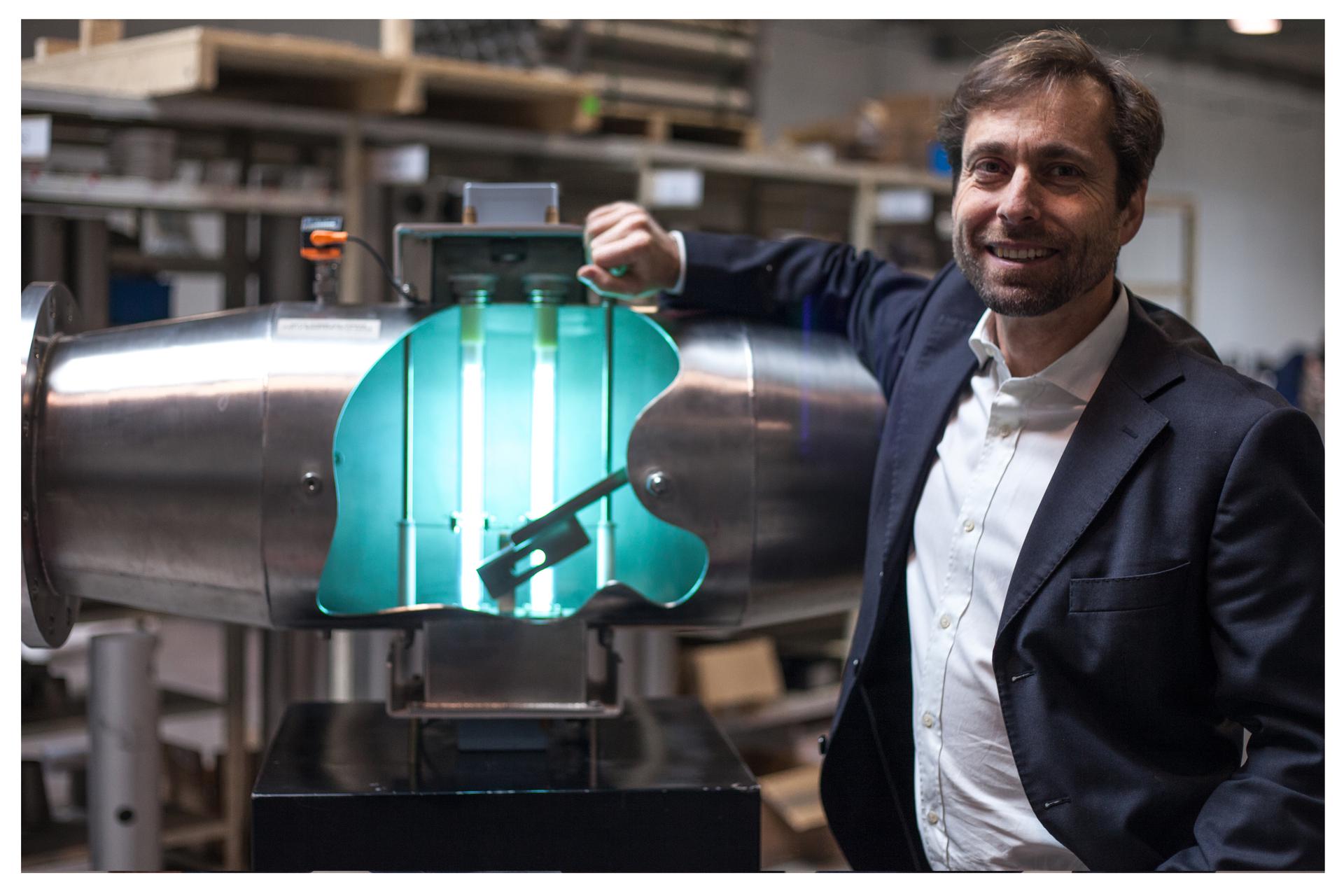Two acquisition announcements in one week
In the last two days a pair of announcements were made indicating that the ballast water treatment system makers are consolidating. First ERMA First announced the acquisition of RWO, then in the same week DeNora announced the acquisition of Hyde Marine from Calgon Carbon Corporation when it acquired the latter’s UV technologies division.
A growing number of ballast water systems have emerged in the years since work begin on the ballast water convention at the IMO. The convention was written in a way that left it open for the technologies to be developed, according to set criteria.
Guidelines emerged and an agreed way for the systems that were created to be type approved. The US adopted its own requirements forcing many manufacturers that had gone through the IMO approval to then seek separate US approval. A costly experience.
But nonetheless the market blossomed in a way that organisms in the ballast water were expected not to, with tens of systems being type approved around the world. Many different technologies have also been approved ranging from the use of ultra violet light, filters, heat, hydro-cyclones and various chemical ‘ active substances’ that require separate biological approvals.
Acquisition in this market is not new, Wärtsilä acquired Hamworthy Engineering in 2012, with the latter having already acquired two ballast water system makers, Krystallon and GreenShip Sedinox, in 2009.
Still a crowded market
Here is the list of IMO type approved systems. There are 83 of them approved in accordance with the guidelines G8, and only 6 approved in accordance with the new ballast water code at the IMO.
There are 45 that use an active substance and have received final approval, compared to 61 that have basic approval.
Here’s the approval status of systems from manufacturers seeking US approval. There are over 40 US approved systems though some manufacturers appear twice due to different systems that have been developed for different trading patterns or upgrades to systems.
Of the four companies involved in acquisitions, DeNora (with Balpure), Hyde Marine (Guardian), Erma First (Erma First FIT) have US Type approval, while the RWO system appears to still be under testing.
With so many systems being approved it has often been a fear that shipowners may find their chosen system no longer being available once the rush of installations across the global fleet comes to an end. The concern is this could hamper after sales servicing especially if there are unique parts needed from makers that are no longer in the market. Acquisitions and mergers could enable a system to remain available and would be a more ideal option for owners and operators. Some ballast water treatment systems use filters, UV lights and other components that are widely available on the market and which may be used on more than one system.
Many of the larger companies, including Alfa Laval, Wärtsilä, DeNora and Erma First have more than ballast water treatment systems on their portfolio of products, reducing their associated risks as the ballast water installation numbers drop in the next two or three years.
There are also moves to strengthen after sales service, such as Optimarin’s recent launch of Optilink, which the company says is an IOT based compliance and performance service that it will be offering to clients as a subscription service.
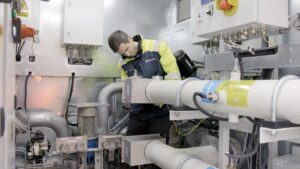
Crew training is a crucial factor for efficient BWTS operations, says Optimarin
Press Release: Improper operation of a ballast water treatment system (BWTS) can result in additional costs, delays and compliance issues..

Wärtsilä Aquarius UV takes ballast water filtration to next level with launch of ‘Manta’ filter
Press Release: Wärtsilä Water and Waste’s Aquarius UV Ballast Water Management System (BWMS) is being launched with a completely..
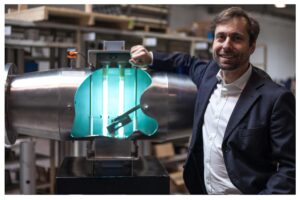
BIO-SEA BWTS developed for US Navy
Press Release: BIO-UV Group is delighted to announce that a BIO-SEA Ballast Water Treatment System (BWTS) designed for the Unites States Navy..

Can ballast water treatment tech be hacked?
Bio-Sea announces cyber security software for its connected treatment systems
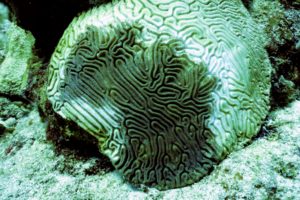
Coral threat calls for more stringent ballast water management
Current ballast water management treatments and testing standards may need strengthening to stop Stony Coral Tissue Loss Disease from..

IMO moves ahead on GHG emissions, Black Carbon and marine litter
Press Release: The International Maritime Organization (IMO) in view of the urgency for all sectors to accelerate their efforts to reduce GHG emissions as emphasized





























